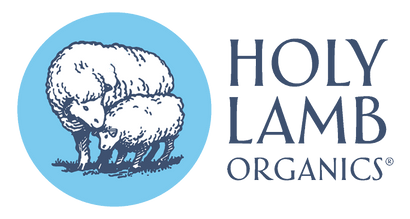Add description, images, menus and links to your mega menu
A column with no settings can be used as a spacer
Link to your collections, sales and even external links
Add up to five columns
Add description, images, menus and links to your mega menu
A column with no settings can be used as a spacer
Link to your collections, sales and even external links
Add up to five columns
The Truth About Thread Counts and Quality Sheets
September 29, 2017 3 min read
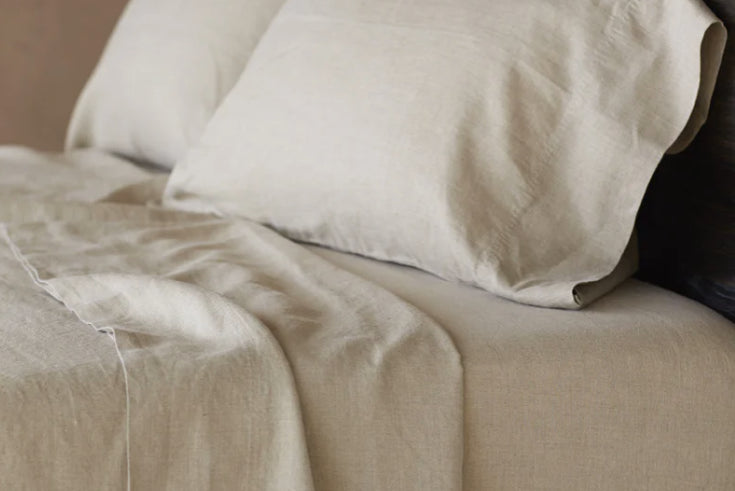
Does higher thread count determine quality? In the previous century, sheets with a 180 thread count were an incredible luxury. Nowadays, you'll find 1,000 thread-count sheets on the market. Let's look behind the numbers.

Thread Count
Thread count is simply how many horizontal (weft) and vertical (warp) threads cross in a square inch. Depending on the weave structure, there are only so many threads you can fit on the loom. Consumer Reports confirmed that among "100-percent-cotton percale sheets in [their] tests, some had a thread count of 400, but the highest-rated sheet had a thread count of 280." There are several ways thread count can soar, and more doesn't always equal better.
- Thread Thickness - If you use thinner, less durable thread, you can fit more threads on the loom. This method doesn't increase comfort and can significantly decrease the durability and lifespan of the sheets.
-
Thread Ply Count - Instead of weaving with strong single-ply Extra Long Staple threads (more on that in Fiber Quality, below), threads of lower quality are twisted together into 2-, 3-, or even 4-ply. By counting the ply rather than the thread, manufacturers can multiply the actual thread count. Presenting the information in this way is accepted, if a bit misleading, within the industry. Also, those plied threads lead to rougher fabric because you can feel the ridges of the ply.
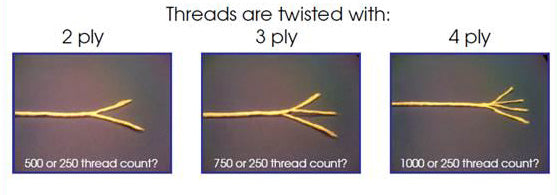
- Picks - This method is traditionally used to create decorative patterns in woven fabric. Extra threads run along the weft creating patterns independent of the main weave. When used to inflate thread count, the pick is simply a second thread paired with the main thread and does not add a pattern. If these "filler picks" are overused, they can strain the warp threads and weaken the fabric.

Weave
The weave is the pattern of vertical (warp) and horizontal (weft) threads that create a fabric. This pattern determines how the textile looks and feels and also its longevity. Different weave patterns have different names and characteristics.
- Percale woven cotton is cool, crisp, durable, and long-lasting.
- Sateen woven cotton creates a soft, smooth, and luxurious feel with an elegant sheen on one side and a subtle matte finish on the other.
- Jersey is a knit fabric. Economical, stretchy, warm, and soft.
- Flannel is plain woven. The surface is brushed to create a cozy feel. Compare flannels by weight, not thread count.
- Linen is plain woven for a light, airy drape. Linen is more breathable than cotton, but more insulating.

Finish
Most sheets on the market are chemically or mechanically treated to prevent wrinkling or shrinkage or to alter how they feel against your skin. Examples include:
- Mercerization - Strips off the outer layer of the fiber, giving the fabric a sheen. While this allows the fabric to more easily absorb a richer depth of color, it weakens the strength of the fabric.
-
Wrinkle resistance - A chemical resin treatment is employed to reduce the need for ironing after washing.
- Shrinkage control - A manufacturing process designed to minimize shrinkage that may make your sheets slightly less soft and diminishes the breathability that allows you to stay cool while sleeping.
Selecting sheets by how they first feel in the store can be misleading. Some manufacturers add hand enhancers, such as silicone softeners, that wash out after the first laundering. That soft feeling could also be masking a chemical treatment that has weakened the fibers. By contrast, sheets made with certified-organic cotton and all-natural linen, such as those from Coyuchi, are never chemically treated They are minimally processed and never undergo artificial finishing treatments, maintaining the integrity and health benefits of the natural fibers.

Fiber Quality
High-quality cotton fabric is made of longer cotton fibers that are naturally stronger and softer. These long fibers, known as Extra-Long Staples (ELS), are single-ply strands over 1-3/8" in length that will always result in lower thread counts. Coyuchi sheets use ELS cotton fibers for the finest quality fabrics. Longer fibers = lower thread count = higher quality. In addition, lower thread counts mean your sheets are light and breathable, an important factor when pairing them with natural and organic mattresses and toppers.
All the sheets we offer are woven simply with the strongest natural fibers and an appropriate weave. Rather than comparing thread counts, remember the bigger picture and don't be misled by artificial enhancements.
References
http://www.huffingtonpost.com/2015/11/04/thread-count-does-not-matter_n_6121180.html
http://www.consumerreports.org/cro/news/2013/09/higher-thread-count-doesn-t-guarantee-better-sheets/index.htm
http://www.consumerreports.org/cro/news/2010/04/q-a-when-buying-sheets-does-thread-count-matter/index.htm
http://www.seattletimes.com/life/some-sheets-have-inflated-thread-count/
https://www.coyuchi.com/the-naturalista/thread_count/
Leave a comment
Comments will be approved before showing up.
Also in Blog
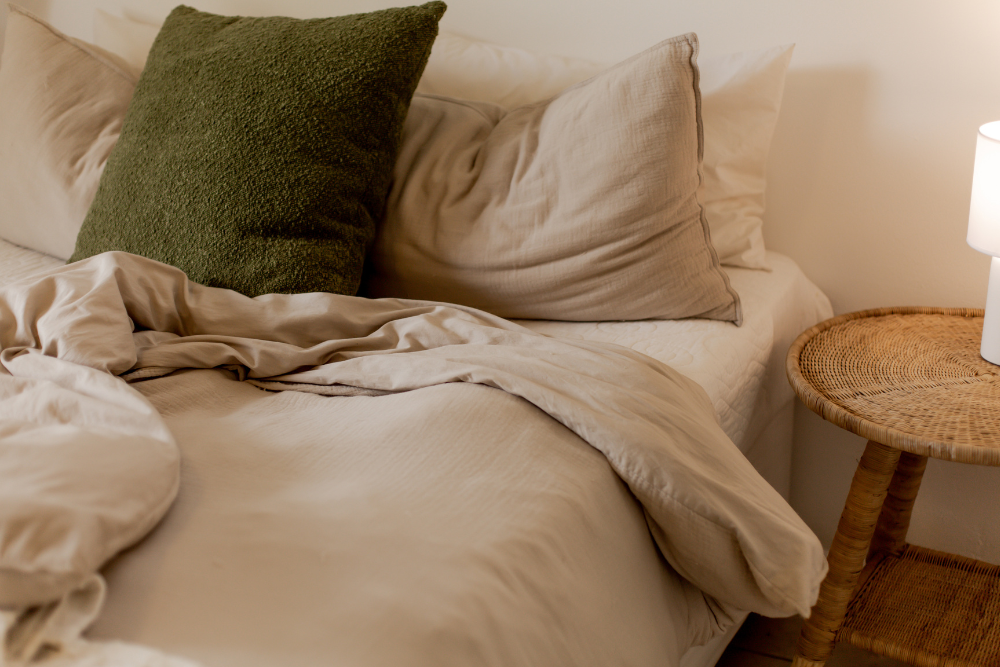
Organic Luxury for Cooler Nights
October 14, 2025 3 min read
As the days grow shorter and the air takes on that familiar crispness, fall gently nudges us to slow down. And there’s no better way to embrace this shift than by transforming your bedroom into a sanctuary of warmth and rest.
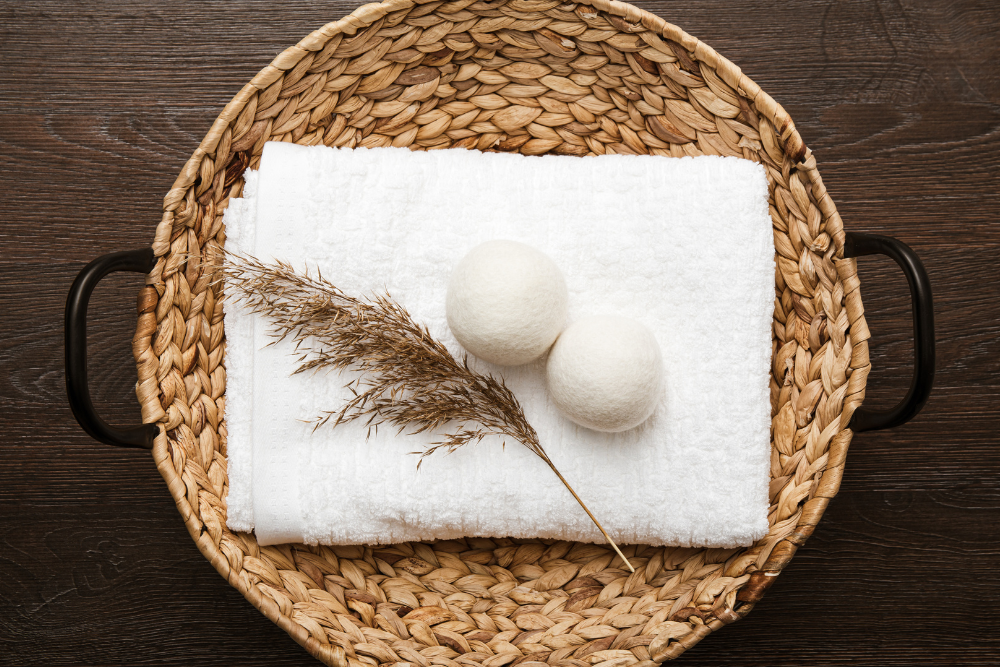
Wool Dryer Balls: The Sustainable, Healthy Swap Your Laundry Needs
September 01, 2025 3 min read
One of the simplest changes you can make toward a healthier, more sustainable home is swapping out single-use dryer sheets for long-lasting wool dryer balls. Unlike dryer sheets, which release synthetic fragrances, harsh chemicals, and microplastics with every load, wool dryer balls offer a clean, natural alternative that’s better for you, your family, and the planet.
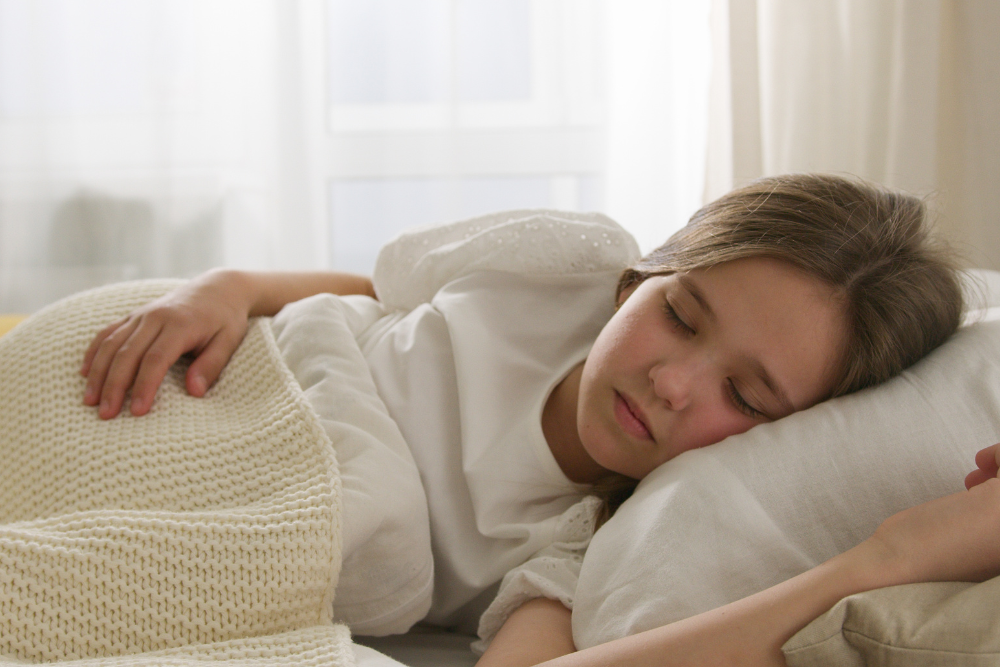
Helping Kids Get the Sleep They Need: A Back-to-School Sleep Guide
August 08, 2025 4 min read
If the summer break turned your little one into a night owl, don’t worry, you’re not alone. Many parents are wondering how to guide their children back into healthy sleep routines that support their growth, learning, and overall well-being.
The good news? With a few thoughtful changes and some cozy rituals, getting your kids back on track can be gentle, natural, and even enjoyable.
Subscribe
Sign up to get the latest on sales, new releases and more …
